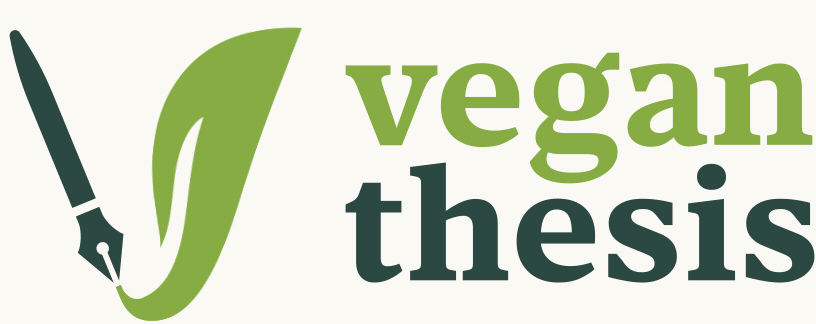What are effective ways to reach more thought leaders, policymakers, and other elites, and influence their views on animal welfare?
Context and Relevance:
Influencing thought leaders, policymakers, and other elites is vital for achieving systemic changes in animal welfare. These individuals have the power to shape public opinion, influence policy, and set agendas across various sectors, making them critical targets for advocacy efforts. Effectively engaging with and influencing these elites can lead to significant and lasting improvements in animal welfare practices, legislation, and cultural norms. This research is essential for advocacy organizations aiming to amplify their impact by strategically targeting and persuading key decision-makers.
Potential Research Approach:
Stakeholder Mapping: Identify and map out key thought leaders, policymakers, and influencers across sectors relevant to animal welfare, such as politics, academia, industry, and media. This would involve analyzing their influence, networks, and potential alignment with animal welfare issues to prioritize engagement efforts.
Engagement Strategies: Research and analyze successful case studies where advocacy groups have effectively influenced elite opinions on animal welfare or comparable social issues. This analysis could include tactics such as direct lobbying, strategic partnerships, public relations campaigns, educational initiatives, and leveraging media coverage.
Communication Analysis: Examine the messaging strategies and communication channels that are most effective in reaching and persuading elite audiences. This would involve analyzing the content framing, emotional appeal, credibility of the messenger, and the mediums through which these messages are delivered, such as social media, op-eds, policy briefs, or personal meetings.
Barrier Assessment: Identify common barriers to shifting elite opinions on animal welfare, such as entrenched economic interests, cultural norms, or misinformation. Develop strategies to address and overcome these obstacles, including counter-messaging, reframing debates, or providing compelling evidence that aligns animal welfare with the elites' existing values or goals.
Additional Questions:
What are the most effective ways to frame animal welfare issues to align with the interests and values of thought leaders and policymakers?
How can advocacy organizations build long-term relationships with elites to ensure sustained influence on animal welfare issues rather than temporary shifts in opinion?
What role do peer influence and networks among elites play in shaping their views on animal welfare, and how can advocacy groups leverage these networks to amplify their impact?
